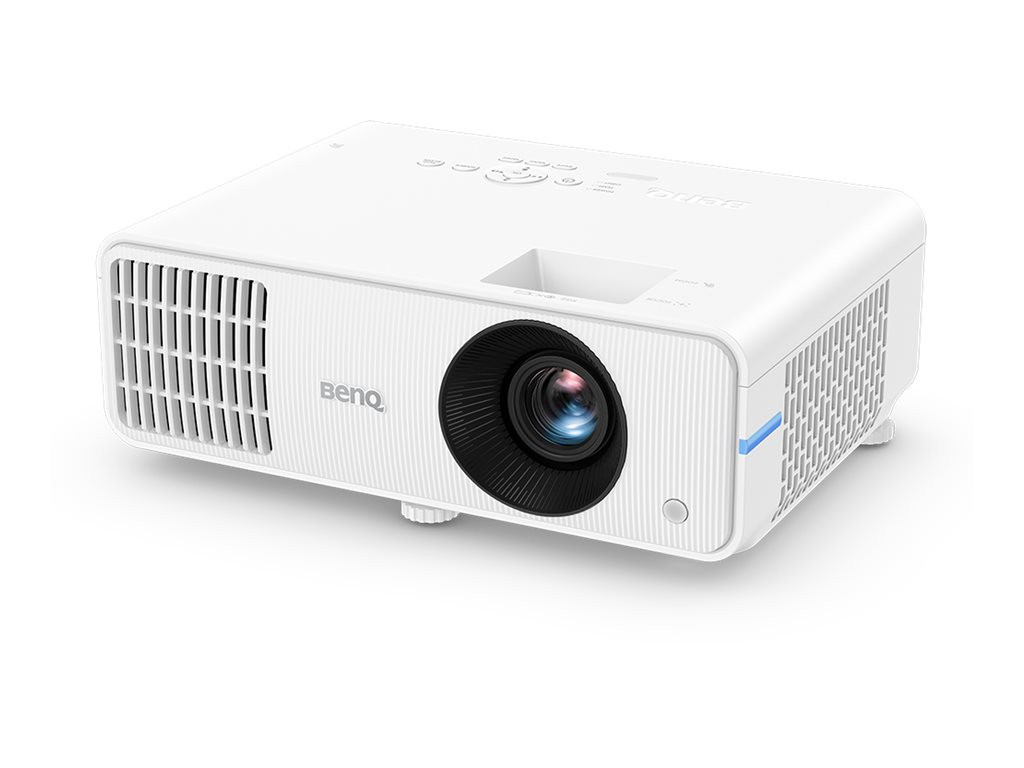































£724.36*
- Brightness 4,000 Lumen
- Resolution 1280 x 800 WXGA
- Aspect Ratio 16:10
- Operating noise 34 dB


Product information
A future-proof solution for your workplace
Laser projection technology brings the future of sustainability to the workplace. The LW650 not only saves energy and maintenance costs, but its compact size and high brightness ensure efficient and uninterrupted meetings.
Maximum savings, uncompromising performance
BenQ SmartEco technology intelligently adjusts the power of the light source without compromising image quality, saving up to 70% more energy than the conventional Eco mode. The laser technology saves an additional 23% energy compared to conventional mercury vapour lamps, and the device dims to minimum power in just 1.5 seconds.
Intelligent saving
SmartEco mode dynamically and intelligently adjusts the power of the light source to the content without compromising image quality, ensuring optimal performance.
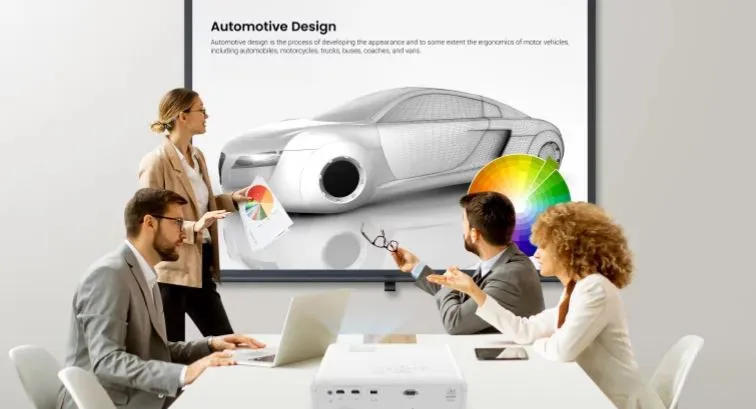
Brilliant colours for brilliant ideas
The LW650 uses laser technology to deliver rich, saturated colours and sharp, true-to-life images, offering a 92% REC.709Colour gamut, so every detail is reproduced with stunning accuracy. Create presentations that grab attention.
Unmatched clarity and long-lasting colours
BenQ's pure glass lenses ensure long-lasting image precision, while DLP technology ensures accurate and vibrant colours over a long period of time. With calibrated colour modes, your images will shine and illuminate your ideas with brilliance in every detail.
Wireless projection without drivers
Make your BenQ LW650 projector wireless with the optional WiFi adapter. Share media content such as photos, documents and Full HD videos from your mobile devices or laptops without having to download additional drivers or software.
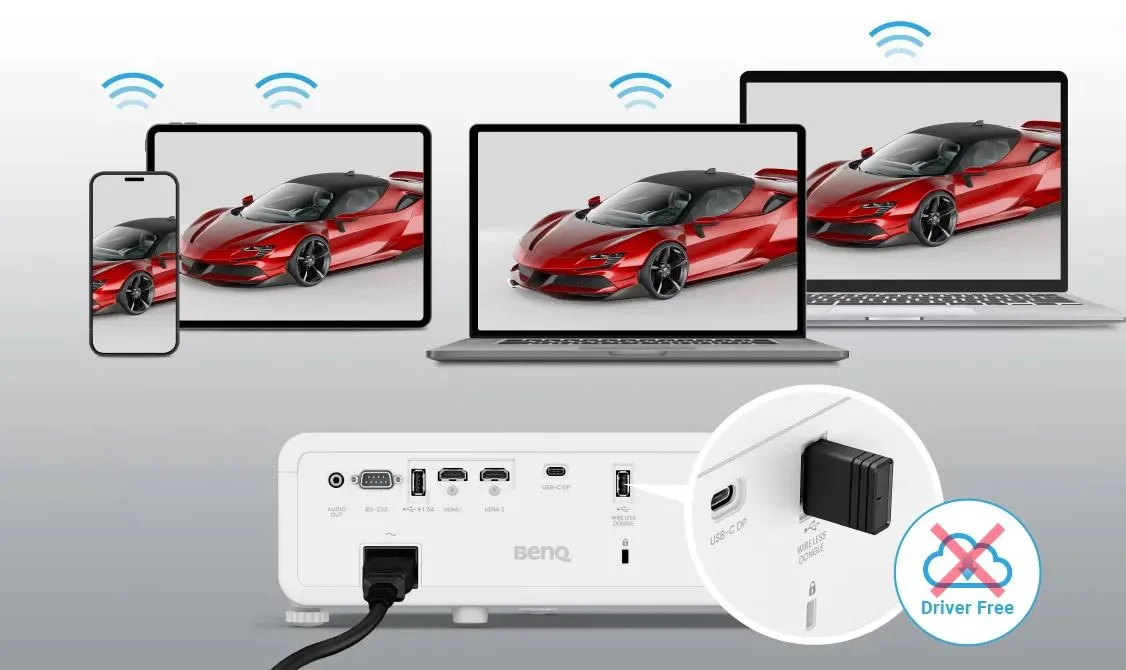
Start your presentation in no time
This projector eliminates the long, unpleasant delays that occur with slow-starting devices. Simply switch it on and you'll be ready to go in no time.
Auto power on
Switches the projector on automatically when an HDMI input signal is detected.
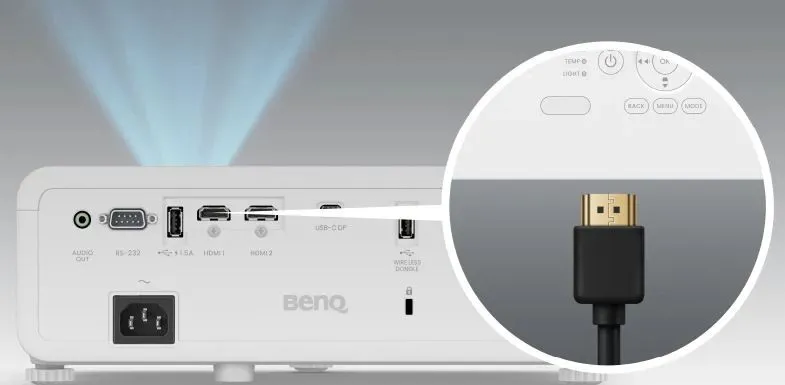
2D keystone and corner adjustment
Adjust the angle and corners of the projector regardless of its location for perfectly aligned presentations.
Projection for any room
Display images larger than 100 inches diagonally from a distance of just 2 to 3 metres (at 1.3x magnification) for easy large-screen viewing in rooms of any size.
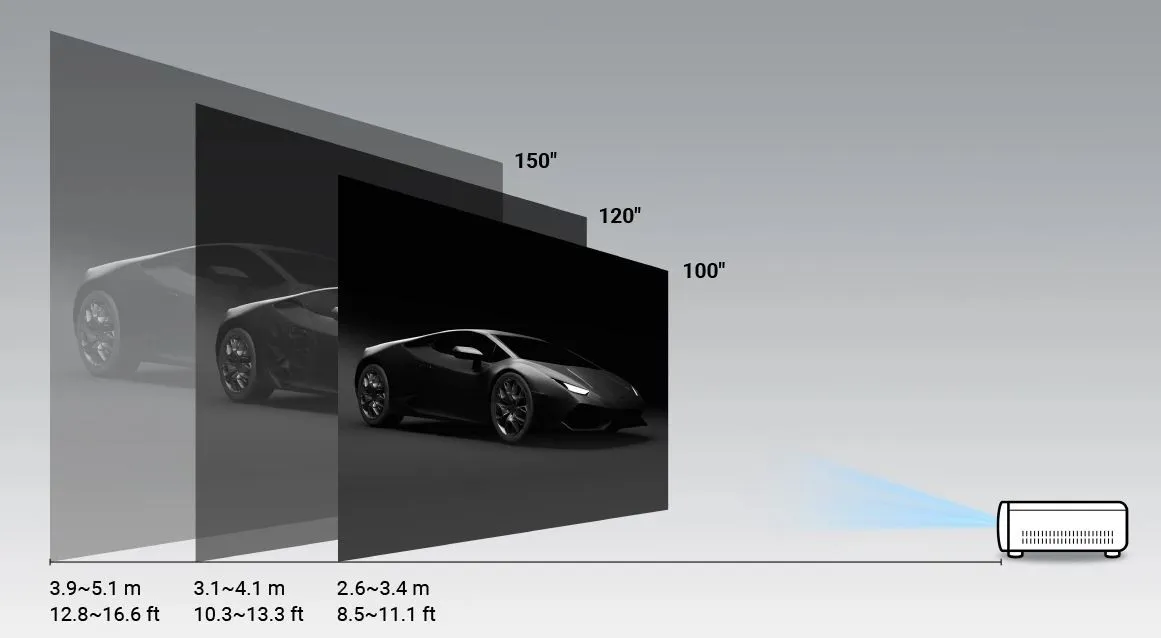
Versatile connectivity with USB-C
Enjoy seamless connectivity with the LW650 projector, which features a USB-C port. Connect laptops, tablets and smartphones effortlessly with a single cable. Say goodbye to extra ports and enjoy space-saving IT management.
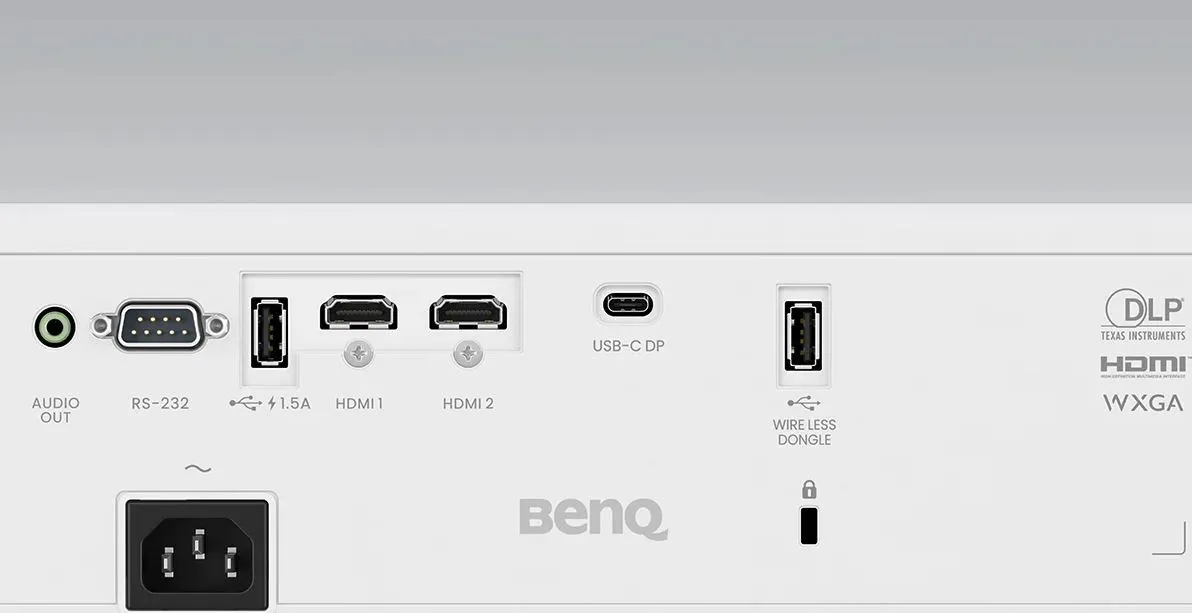
Technical data
| Name | BenQ LW650 Projector, 1280 x 800 WXGA, 4000 Lumen |
|---|---|
| Article number | 1000032133 |
| GTIN/EAN | 4718755092145 |
| Manufacturer SKU | 9H.JS677.13E |
| Lens included | Yes |
| Model name | LW650 |
| Projection Distance | Long Throw |
| Brand | BenQ |
| Product Type | Projector |
| Product Series | BenQ L Series |
| Application | Business projector , Education projectors |
| Projector Type | DLP |
| Projector lamp type | Laser |
| ANSI Lumen | 4,000 ANSI Lumen |
| Resolution | 1280 x 800 WXGA |
| Aspect Ratio | 16:10 |
| Contrast Ratio | 3,000,000 :1 |
| Operating noise | 34 dB |
| Operating noise - ECO | 28 dB |
| Lamp life | 20,000 Hour |
| Minimum Projection Distance | 98 cm |
| Maximum Projection Distance | 880 cm |
| Minimum Projection Ratio | 1.21 |
| Maximum Projection Ratio | 1.57 |
| Horizontal Keystone | 30% |
| Vertical Keystone | 30% |
| Inputs | 1x RS232 , 1x USB-C , 2x HDMI , 2x USB-A |
| Outputs | 1x 3,5mm Jack |
| wireless technology | WiFi |
| Features | HDR , HLG , Integrated speaker |
| Product width | 30.35 cm |
| Product height | 11.24 cm |
| Product depth | 22.47 cm |
| Weight | 2.9 kg |
| Colour | White |
| Delivery contents | Power cable , Remote control |
| Condition | New |
| Warranty | 24 Month |
| Warranty type | Bringin service Service and support information |
Downloads
Projection distance calculator
Contact our experts for help!
Image size:
Format
Format
Product safety
| Person responsible for the EU |
|---|
| BenQ Deutschland GmbH |
| Essener Str. 5 |
| 46047 Oberhausen |
| Germany |
| support@benq.eu |



